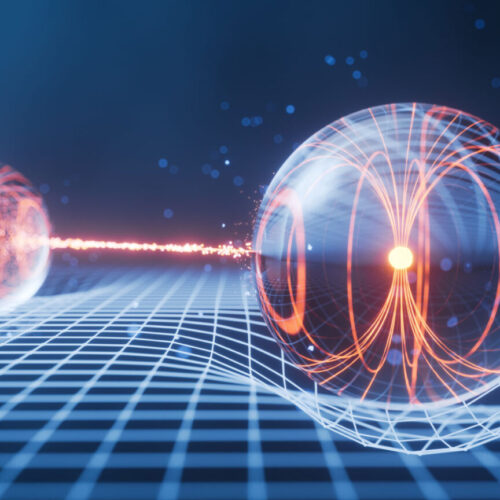Google gets an error-corrected quantum bit to be stable for an hour
On Monday, Nature released a paper from Google's quantum computing team that provides a key demonstration of the potential of quantum error correction. Thanks to an improved processor, Google's team found that increasing the number of hardware qubits dedicated to an error-corrected logical qubit led to an exponential increase in performance. By the time the entire 105-qubit processor was dedicated to hosting a single error-corrected qubit, the system was stable for an average of an hour.
In fact, Google told Ars that errors on this single logical qubit were rare enough that it was difficult to study them. The work provides a significant validation that quantum error correction is likely to be capable of supporting the execution of complex algorithms that might require hours to execute.
A new fab
Google is making a number of announcements in association with the paper's release (an earlier version of the paper has been up on the arXiv since August). One of those is that the company is committed enough to its quantum computing efforts that it has built its own fabrication facility for its superconducting processors.









